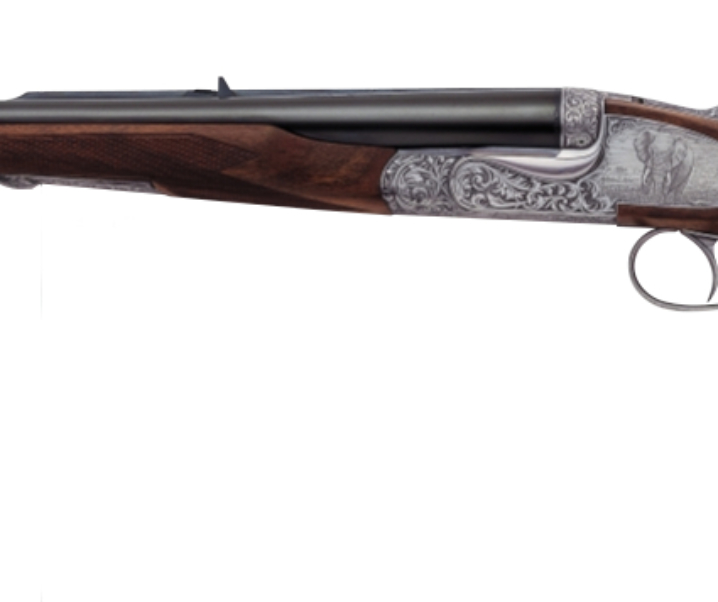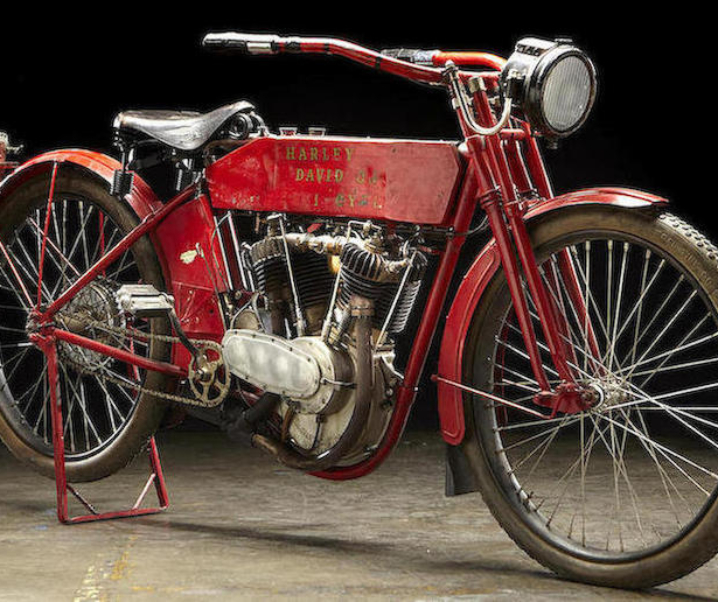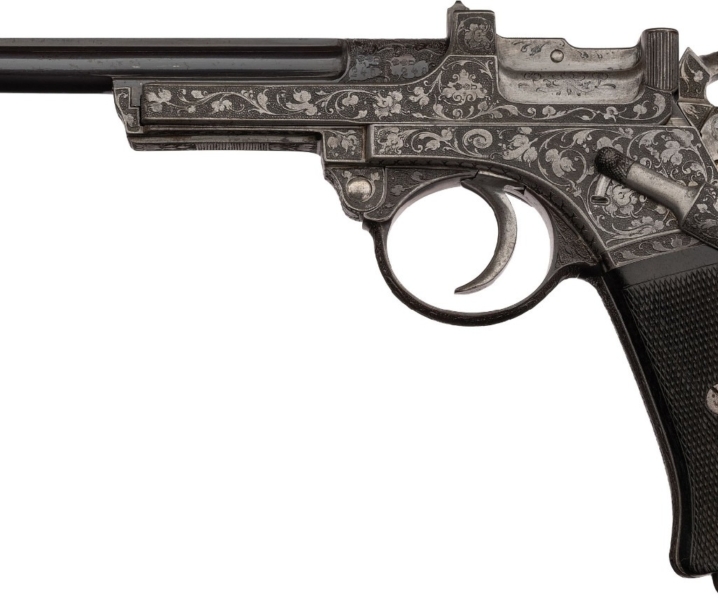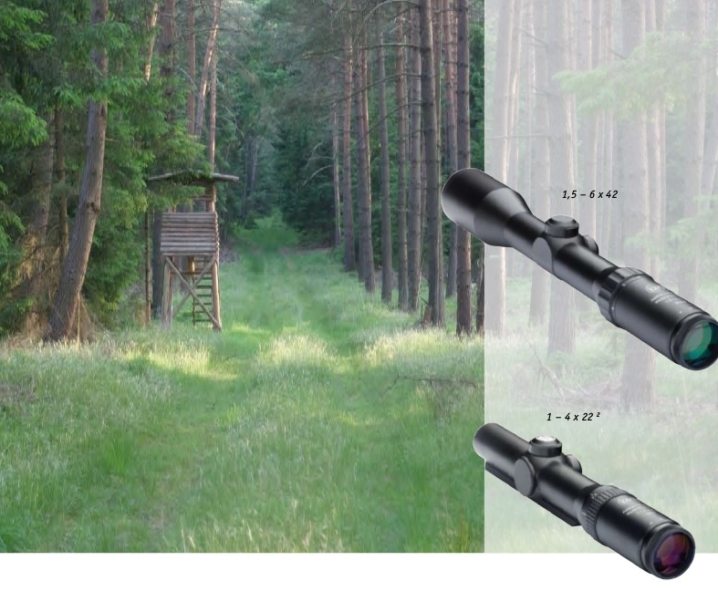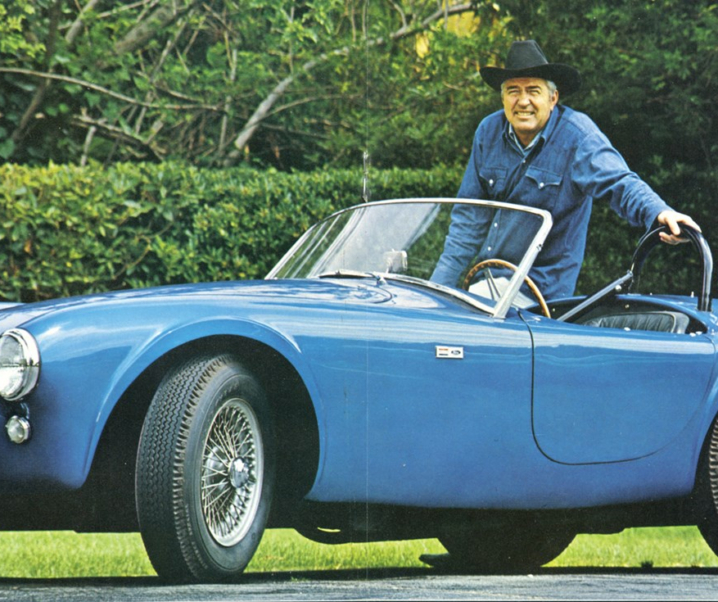The Whitney-Burgess and Whitney-Kennedy lever action rifles are some of the lesser known arms of America’s “Wild West” history. All were based on design work by Andrew Burgess, one of the nations most influential firearms designers.
Fast Facts
- After his creation of the Cotton Gin Eli Whitney Jr. (aka Eli Whitney II) moved on to becoming an arms manufacturer.
- Whitney purchased the land for his Whitneyville arms factory in 1798 and it took ten years to get it built and fully operational.
- Whitney had a contract to manufacture muskets for the US Government and this financed his establishment of Whitneyville.
- Whitney’s son Eli Whitney Jr. (aka. Eli Whitney III) took over the family business when he turned twenty-one years of age in 1841.
- Gun designer Andrew Burgess approached Eli Whitney Jr in the late 1870’s with a view to making 2,000 lever-action rifles of his design, some of which he wanted to submit to the US Army for trial.
- These rifles were made but failed their government trial. The improved version became a quite popular sporting rifle and paved the way for the creation of the Whitney-Kennedy rifles which were a modification of the Burgess design done by Samuel V. Kennedy and Frank W. Tiesing.
- Approximately 23,500 Whitney-Kennedy rifles were made, with production ceasing after the death of Eli Whitney and the sale of the business to Winchester in 1886.
The story of the Whitney-Kennedy lever-action rifles begins with a foundation laid by a man named Eli Whitney Jr. (aka. Eli Whitney II) and his invention of the Cotton Gin (i.e. Cotton Engine), which revolutionized the harvesting of cotton.
Whitney’s invention of the Cotton Gin revolutionized cotton production and in theory should have provided Whitney with substantial income. This promise proved to be a double-edged sword as the Whitney’s Cotton Gin was such a good invention that it was widely copied.
Eli Whitney and his business partner Phineas Miller applied for a patent on the cotton gin on October 28, 1793, and duly received their patent on March 14, 1794. This patent was however not validated until 1807.
Whitney and Miller did not originally want to sell Cotton Gins or licenses to manufacture them: instead they wanted growers to come to them with their cotton crop and Whitney and Miller would use their cotton gins to do the separation of cotton lint from seeds for them.
Suffice to say that the cotton growers were not at all impressed with that idea. The cotton gin was a simple design and easy to make, and some people were able to improve on his original design, so Whitney’s patents were widely infringed.
Whitney set about using legal action to enforce his patents but this proved to be expensive and long-winded. So Eli Whitney needed another business in which to develop and prosper. It was this need that saw him enter the firearms making business in 1798 when he was awarded a US government contract to make 10,000-15,000 muskets for them.
The idea for the use of mass production techniques to make this consignment of muskets most likely came from the Secretary of the Treasury Oliver Wolcott Jr, who sent Whitney a pamphlet from overseas about arms production methods.
Thomas Jefferson had visited France in 1795 and had visited the musket workshop of Honoré Blanc where they made gauged parts by precision machines. He had brought back information about this to the United States.
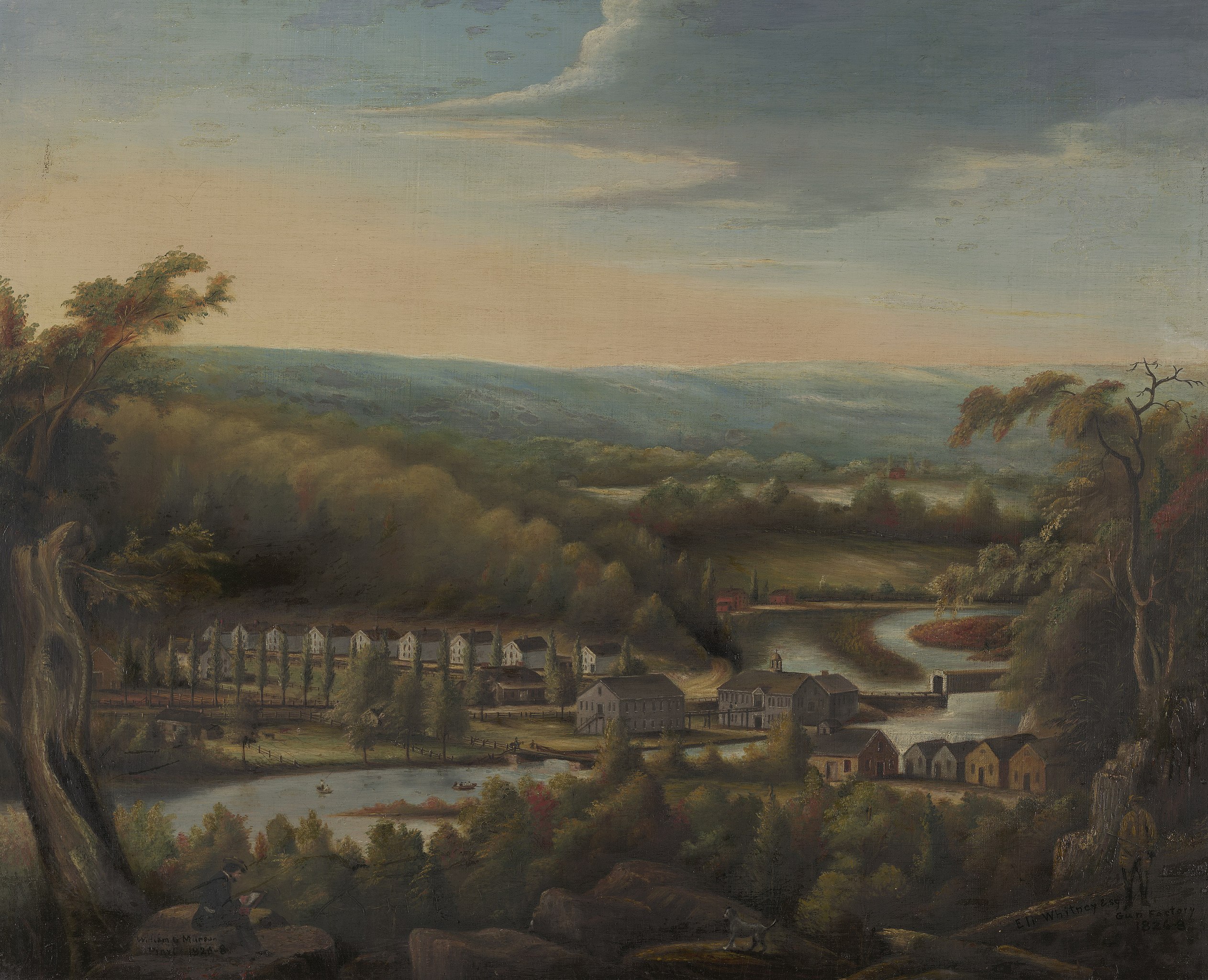
At the time of taking on the government contract for muskets Whitney did not have a suitable factory with which to fulfill it. He purchased a site for a production facility on September 17, 1798. This site was located on the Mill River in New Haven County, Connecticut, and Whitney’s first order of business was to build the arms factory and also the accommodation for workers.
The township was named Whitneyville, and it would take ten years for it to be constructed, staff to be employed and trained, production line brought into action, and the ordered muskets to be made and delivered.
Inspired by the pamphlet he had been given Whitney worked to implement a mass production system at his arms factory with the idea that the use of specialized jigs, and training the workers in the making of a specific part or small group of parts, would result in the parts for each musket being interchangeable.
It would take time for this to be fully implemented but it was done in the years prior to Eli Whitney’s passing in 1825.
The leadership of the arms business was taken over by his nephews, and later in 1841 by his son Eli Whitney III (aka Eli Whitney Jr.) who was born in 1820, only five years before his father’s death.
Eli Whitney III was responsible for the re-structuring of the family business as a corporation named the Whitney Arms Company in 1863.
The Whitney-Burgess Lever-Action Rifle
It would be Eli Whitney III who would team up with Andrew Burgess to create first the Whitney-Burgess lever-action rifle, and then the commercially successful Whitney-Kennedy lever-action rifle.
Andrew Burgess, an accomplished firearms inventor, approached Eli Whitney III in the late 1870’s with a view to a cooperative project to create 2,000 lever-action repeating rifles to submit for US Government trials.
An agreement was reached and the Whitneyville arms factory was set up for the production run.

At the time these rifles were entering production the Burgess design was at a quite complete stage, but development work was still necessary to perfect the arm.
The rifles were made in the then US Army standard calibre of 45-70 and were the first lever-action rifles to be chambered for such a powerful cartridge. So these rifles were well ahead of Winchester’s lever-actions which were chambered for much lower powered revolver cartridges.
For the military trial two versions of the rifle were made; a short cavalry carbine fitted with a 22 inch barrel and seven round magazine, and a full size musket fitted with a 28 inch barrel and nine round magazine.
Burgess first design required top loading of the seven round tubular magazine of the carbine. This was a simple design and no-doubt done in an effort to ensure reliability. But it was also awkward to load, in all likelihood even more awkward to load with gloves on, and cavalry troopers would normally be wearing gloves.
It was therefore deemed preferable to modify the design to include a side-loading gate and rifles so fitted submitted for the government trials.
Although the history is not well documented it would seem that the Burgess rifles as submitted were found to jam, with the potential for a cartridge to get wedged under the elevator, rendering the rifle unusable. So the Burgess rifle as submitted failed the government trial.
There is an excellent “Forgotten Weapons” video on this rifle and two variants below:-
Burgess did not only make rifles for the military trials but his 2,000 rifles produced included many for commercial sale. At that time they were the only 45-70 lever-action repeating rifles on the market and they turned out to be popular.
Burgess was able to fix the problem that had caused the jamming in the military trials and his commercial 45-70 rifles were noted for their smooth and reliable action.

(Note: You can see the original auction page for the above pictured rifle if you click here. Bidding ended in 2018).
The Whitney-Kennedy Sporting Lever-Action Rifles
After the completion of the 2,000 45-70 rifles made on the large Burgess lever-action Whitney and Burgess came to an agreement for a new model, aimed squarely at the sporting rifle market.
There were to be two action sizes, the original large action made for the 45-70 and able to accommodate other large sporting cartridges such as the 45-60, and a smaller action, made to compete with the Winchester lever-action and suited to the popular 44-40.
This new range of sporting rifles were to be sold under the Whitney-Kennedy name, with royalty payments being made to Andew Burgess for the use of his patents that pertained to the rifle action.
These rifles actually used patents from Burgess, Tiesing and Kennedy, which included the improved side loading gate and cartridge elevator mechanisms.
Production of these rifles began in 1879 and would continue until 1886 when Winchester purchased the Whitney Arms Company in 1886, the year after Eli Whitney III passed away, and shut the company down to remove them as a source of competition.

(Note: the above pictured rifle is coming up for sale by Rock Island Auction on February 16, 2024, and you can find the sales page if you click here).
These sporting rifles were made in a range of calibres common in the United States at that time.
The large frame rifle was offered in 40-60, 45-60, 45-75, and 50-95 Express. Of these the 45-60 was the most popular.
These rifles were offered with either a 26 inch or 28 inch barrel, and barrels could be round or octagon.
Magazine capacity was nine rounds in 45-60 with the 26 inch barrel.
The small frame rifle was made in 32-20, 38-40, and 44-40: with the 44-40 model being by far the most popular and the 32-20 the most rare.
These small frame rifles were offered with 20 inch, 24 inch, 26 inch, or 28 inch barrels, with the choice of either round or octagon.
For the 24 inch barreled rifle in 44-40 the magazine capacity was thirteen rounds.
For both large and small actions the earlier models are fitted with the graceful serpentine style lever, while late models are normally found fitted with the finger-ring style lever as might be found on Winchester and Marlin lever-action rifles.

The Burgess designed action was completely different to the Winchester. Whereas the Winchester used a toggle arrangement the Burgess had a one-piece lever which incorporated the locking lug and firing pin.
The lever throw is long on these rifles but notably smooth. When the action is opened by moving the lever downwards the locking lug, which is at the top of the arm that forms the lever and internal locking action, is moved down out of engagement behind the breech block.
The lever engages the breech block to move it rearwards to extract/eject the spent cartridge case and cock the hammer.
Then when the lever is moved upwards to close the action it engages the breech block to move it forward, picking up a fresh cartridge from the elevator and chambering it.
As the breech block comes into its forward position the top of the lever arm moves up behind the breech block to lock it in place.
The firing pin mechanism is incorporated into that top arm of the lever and so the rifle cannot be fired until it is in the fully locked position.
The easiest way to visualize the way this Burgess action works is to watch the following video from Forgotten Weapons – a picture is worth a thousand words, and a video is even better than that.
You’ll find the segment of the video that covers the operation beginning at 6’58”.
The Whitney-Kennedy lever-action rifle was well regarded and owned by knowledgeable users: one was apparently owned by William Bonney aka “Billy the Kid”.
After the success of the Whitney-Burgess and Whitney-Kennedy rifles Andrew Burgess went on to involvement with Colt, and he designed the Colt lever-action rifle that precipitated the legendary gentleman’s agreement that was forged between Winchester and Colt: an agreement that saw Colt not going ahead with production of their Burgess designed lever-action rifle. And Winchester not going ahead with production of their prototype revolver.
It didn’t stop Colt from creating their pump-action Colt Lightning rifles, but these did not pose a serious threat to Winchester’s lever-action rifles.
Conclusion
The Whitney-Burgess and Whitney-Kennedy lever action rifles were and are regarded by some as superior to the contemporary Winchester. Whether that is true or not they were well regarded and have become a focal point for some collectors of historic lever-action rifles.
As there were more than 20,000 of these rifles made survivors tend to be able to be found, and although Eli Whitney actively discouraged customers from custom orders there are some custom ordered variants out there sitting in collections, or waiting to be discovered in the back of gun-cabinets or dealer’s shelves across the United States.
Below is an example that came up for sale by Rock Island Auction a few years ago.

If you are looking on-line then some of the best places to look are:-
Picture Credits: Feature image at the head of this post courtesy Rock Island Auction. All others as individually credited.

Jon Branch is the founder and senior editor of Revivaler and has written a significant number of articles for various publications including official Buying Guides for eBay, classic car articles for Hagerty, magazine articles for both the Australian Shooters Journal and the Australian Shooter, and he’s a long time contributor to Silodrome.
Jon has done radio, television, magazine and newspaper interviews on various issues, and has traveled extensively, having lived in Britain, Australia, China and Hong Kong. His travels have taken him to Indonesia, Israel, Italy, Japan and a number of other countries. He has studied the Japanese sword arts and has a long history of involvement in the shooting sports, which has included authoring submissions to government on various firearms related issues and assisting in the design and establishment of shooting ranges.




